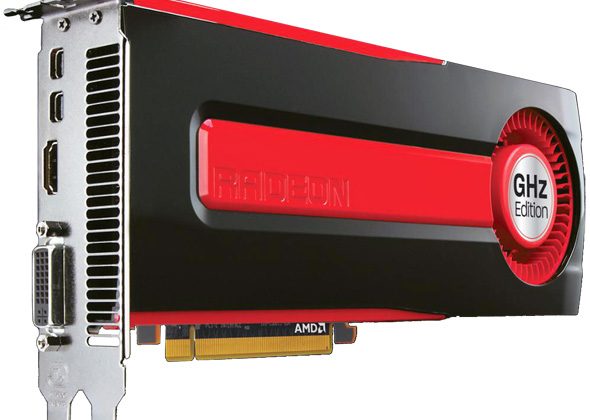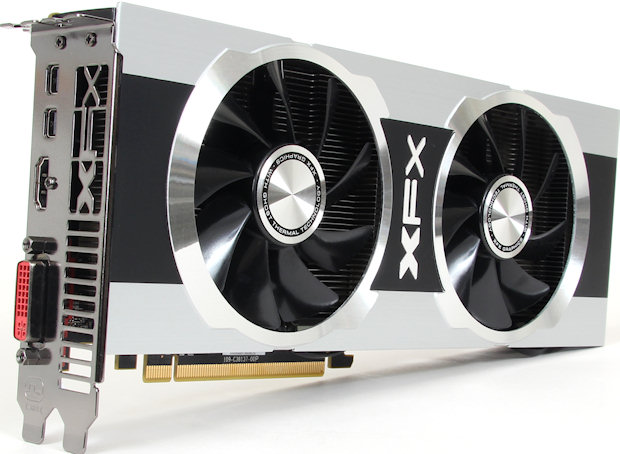

The reference card has a sticker on the back labeled “Rev 02”, though that probably refers to the card as a whole. Dec 10th, 2021 Horizon Zero Dawn: DLSS vs.1 x Dual Link DVI, 1 x HDMI 1.4a (Fast), 2 x mini-DisplayPort 1.2Ģ x Dual Link DVI, 1 x HDMI 1.4a (Fast), 2 x mini-DisplayPort 1.2ĪMD claims the core clock boost from 925MHz to 1GHz is due to better understanding of the manufacturing process and a few tweaks to that process.Aug 27th, 2021 Neo Forza NFP075 2 TB Review.Dec 16th, 2021 Halo Infinite Benchmark Test & Performance Review.Dec 9th, 2021 MSI MPG Z690 Carbon WiFi Review.Dec 7th, 2021 SilverStone ALTA F1 Review.Nov 23rd, 2021 Upcoming Hardware Launches 2021 (Updated Nov 2021).Dec 8th, 2021 Intel Core i9-12900K Alder Lake Tested at Power Limits between 50 W and 241 W.Dec 1st, 2021 Silverstone HELA 2050 W Review - World's Strongest PSU.Nov 26th, 2021 DDR5 Memory Performance Scaling with Alder Lake Core i9-12900K.Nov 30th, 2021 50 Games Tested: GeForce RTX 3070 Ti vs.Coupled with the faster 5.5 GT/s memory chips it used on the HD 6900, and appropriate clock speeds, it yields around 260 GB/s of memory bandwidth. The only option left without having to switch memory architecture to the lesser known XDR2, was to increase the memory bus width physically by 50%, hence 384-bit. The company chose slightly faster GDDR5 memory chips with HD 6900 series, but it could only yield small bandwidth gains. With NVIDIA catching up with the memory standard, and implementing a 384-bit GDDR5 memory interface on its GeForce Fermi 100/110 GPUs, AMD felt the pinch for doing something to increase the memory bandwidth of the HD 7970, to keep up with the increasing compute performance of their GPUs. AMD was the first to market with GDDR5 memory standard, which it initially sought as a way to circumvent the need for a GDDR3/4 memory bus wider than 256-bits. For one, it features a 384-bit wide memory interface. Tahiti is bigger than what AMD's typical "high-performance" GPU is supposed to be. The AMD Radeon HD 7970, particularly the GPU behind it, codenamed "Tahiti", is stretching that model a little towards the higher-end. Its goal with a new GPU architecture always involved making a killer high-performance (not high-end) GPU, and using it both ways: in dual-GPU cards as high-end products, and by disabling some components/features to carve out cheaper/cost-effective products. After Radeon HD 2900 series, and the completion of ATI's merger with AMD, the company took up a unique model of product development that ensured it could have competitive products out in the market targeting every segment, while not having to spend much on making large GPUs. Product PositioningThe AMD Radeon HD 7970 is a unique card from a market-positioning standpoint.

The Radeon HD 7970 has both of these responsibilities resting on its shoulders: to score performance wins, and pack some killer new features that matter to the end-user. New generations of GPUs naturally bring with them performance increments, some times even 100% that of preceding generations, they also serve as launch-vehicles for new features that quickly go on to become industry standards, and help the technology grow.
Amd radeon hd 7970 windows#
This card is the industry's first with a few things, it uses the first ever high-performance GPU built on the 28 nanometer silicon fabrication process Radeon HD 7970 is the industry's first card compliant with Microsoft's DirectX 11.1 API, which will ship with the next major version of Windows and is the first card to use the PCI Express 3.0 x16 bus, that doubles system interface bandwidth to 32 Gb/s and is touted by motherboard manufacturers as the next big thing since PCI. Let's welcome the newest kid on the block, the Radeon HD 7970, part of AMD's spanking new Southern Islands GPU family.


 0 kommentar(er)
0 kommentar(er)
